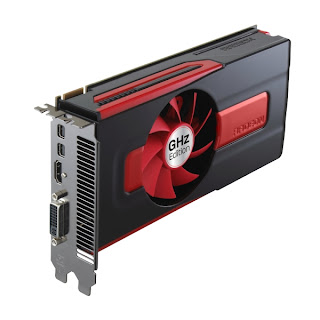Quite a lot of details about Intel’s Core i5 and Core i7 processors based on the Ivy Bridge architecture have reached the web so far, but until recently the specs of the company’s third generation Core i3 CPUs have pretty much remained a mystery.
However, this changed just a couple of hours ago, when a Chinese website entered into the possession of a list detailing most of Intel’s upcoming Ivy Bridge desktop parts, including the Core i3 series.
According to the info provided by this leak, Intel’s 2012 entry-level processors lineup will include five chips, all featuring a dual-core design and Hyper-Threading support.
Much like their Sandy Bridge counterparts, all the 22nm Core i3 parts lack support for Turbo Boost, as well as for a series of other Intel technologies including AES-NI, VT-d and TXT.
Furthermore, the leaked specs also show that their integrated PCI Express controller won’t support PCIe Gen 3.0 add-on cards.
When such cards will be installed, they will work in PCI Express 2.0 mode, which cuts in half the bandwidth available to them.
Depending on their thermal envelope, Intel will split the five Core i3 CPUs into two different ranges.
The first one includes the Core i3-3420, i3-3225 and i3-3220 processors which have a 55 Watt TDP, while the second group comprises the Core i3-3240T and i3-3220T, both featuring 35W TDPs. The full specs of the chips are available in the tables included in this article.
The release date of any of these Core i3 processors is not yet known. From the leaks that have been circulating around the web so far, we know that Intel’s first batch of Ivy Bridge CPUs will arrive on April 8.
However, this will include only Core i7 and Core i5 desktop CPUs, while the lower-end parts will arrive at a later date, probably in May this year.



 2/15/2012 10:13:00 PM
2/15/2012 10:13:00 PM
 dannzfay
dannzfay


















































